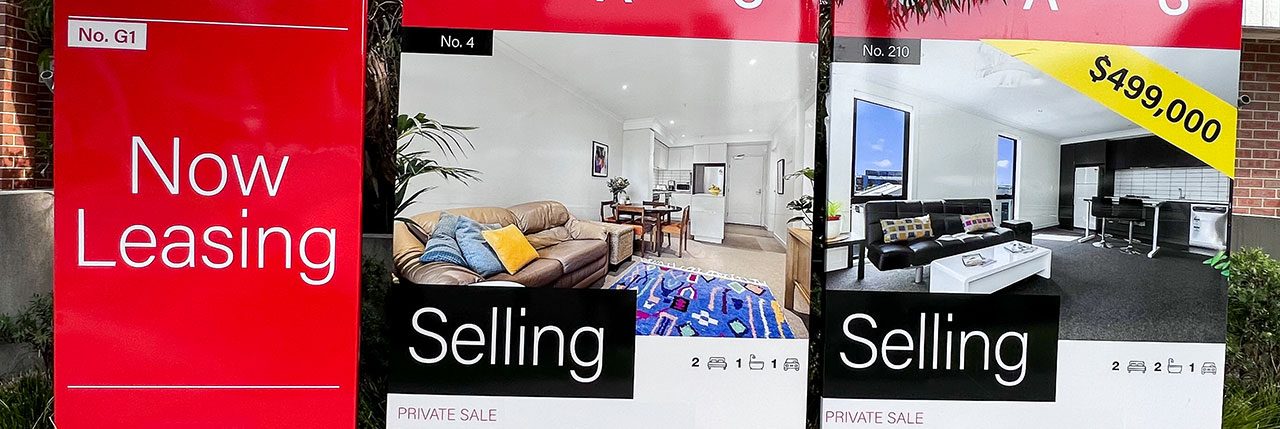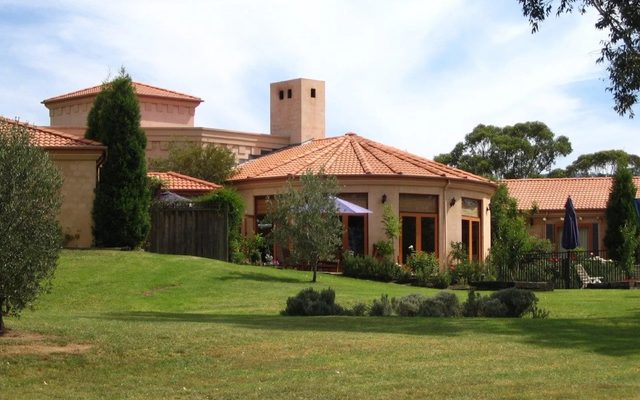This article is from the Australian Property Journal archive
DESPITE a soft spring selling season, national house prices rose for a 23rd consecutive month in November – and, according to PropTrack, there is yet more growth in store, although buyers will have an increasing choice of stock to choose from in 2025.
PropTrack data showed home prices rose 0.15% to a new record in November, with the median home value reaching $800,000 for the first time.
High mortgage rates and soaring prices have driven housing affordability to its worst level on record, as Australians work overtime, take on second jobs, and even skip on healthcare costs in a bid to break into the heated market. Those, combined with increasing listings have slowed growth to a crawl, and prompted CoreLogic to last week proclaim the national upswing in home values is “all but over”.
“We’re expecting that home prices are going to continue to lift in the period ahead, although it’s likely that the pace is going to remain much more moderate and softer,” REA Group senior economist Eleanor Creagh told Australian Property Journal.
“If we look ahead to the calendar year 2025, it’s likely that home prices will end the year up.
Creagh said the sustained higher interest rate environment is likely to weigh on buyers.
“Most people are expecting May 2025, or most are expecting interest rates are going to start to fall in May 2025. But this timing has been pushed out.”
With core inflation holding high, labour markets holding tight, and the rising geopolitical risk, the chances of a rate cut early in the new year have become less likely.
“Of course, affordability constraints continue to exist with affordability having deteriorated significantly with the substantial increase in mortgage servicing costs, rise in home prices of recent years and, of course, growth in household incomes not keeping up with either of those increases,” Creagh said.
Home prices in the combined capital cities have increased 5.55% year-on-year, after climbing 0.11% in November, but performance remains varied across the country. Hobart (up by 0.43%) and Adelaide (up by 0.40%) recorded the strongest growth in November of the capital cities, followed by Brisbane and Canberra (both up by 0.28%). Perth lifted 0.23%.
Melbourne prices slipped in November and the major city is now ranked as the fifth-most expensive capital, down from fourth place in October. Values in Adelaide have now surpassed Melbourne after Brisbane dwelling values surpassed Melbourne earlier this year.
Perth, Adelaide and Brisbane remain the strongest capital city markets for annual growth, with prices up 18.74%, 14.64% and 12.56% in the past year, respectively.
Plenty to choose from
Creagh said there has been a surge in new listings, particularly in Sydney and Melbourne with total listings around 20% above the prior five-year average in Sydney and around 30% above the prior five-year average in Melbourne.
“So, there’s lots of choice for buyers. For those looking to purchase next year, it’s likely there’s going to be lots of opportunity in the first quarter of next year before interest rates move lower, in terms of finding a property that’s right.
“That uplifting choice and it’s possible that when interest rates begin to move lower, that market conditions become a bit more competitive again.”
PopTrack data showed annual price growth in the combined capitals has just outpaced regional areas (up by 5.48%), however capital city buyers have seen a surge in new listings over spring.
Performance is also mixed in regional areas as regional South Australia (up 1.06%) and regional Tasmania (by 0.65%) led growth in November, while price growth in regional Victoria home prices fell 0.05% in November.




